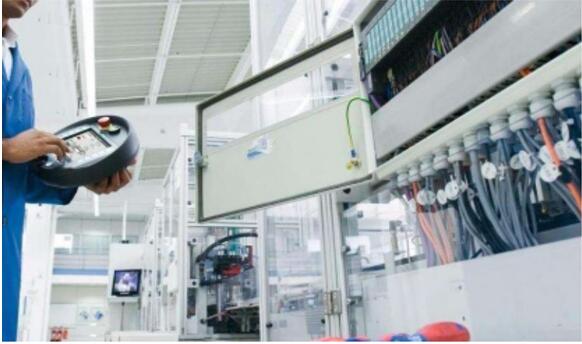What are the key factors affecting the measurement accuracy of spectral confocal sensors?
The measurement accuracy of spectral confocal sensors relies on the precision of the wavelength-distance correlation. Its core principle involves utilizing chromatic aberration to focus light of different wavelengths at varying distances, then inferring distance by detecting the wavelength of reflected light. Consequently, any factor affecting this correlation or interfering with wavelength detection will directly impact measurement accuracy.


I. Light Source Characteristics: Precision Reference

The light source forms the basis of the “wavelength-distance” calibration curve. The wavelength range determines the measurement range, and extrapolation beyond this range can introduce errors. Wavelength resolution (minimum distinguishable interval) directly impacts distance resolution. Concurrently, wavelength drift caused by temperature changes and light source aging, along with light intensity instability triggered by current fluctuations, can compromise calibration curves, reduce signal-to-noise ratio (SNR), and affect wavelength determination.
II. Optical System: Transmission Key
The optical system is responsible for focusing and transmitting light. A higher numerical aperture (NA) of the objective lens results in a smaller focal spot and higher reflected light collection efficiency, thereby reducing interference from surface roughness. Additional aberrations such as spherical aberration and coma disrupt the “single wavelength, single focal point” relationship, leading to distance dispersion. Deviations in lens group coaxiality and tilting of the beam splitter cause the actual focal position to deviate from the theoretical one, inducing errors.
III. Spectral Analysis and Detection System: Signal Decoding Core
This system determines wavelength reading accuracy. Higher grating line density improves spectral resolution, enabling smaller distinguishable wavelength intervals; stray light interferes with target signals. More detector pixels enhance spatial sampling precision for wavelengths; dark current and readout noise reduce SNR, complicating weak signal identification. Additionally, high-precision algorithms like Gaussian fitting improve peak wavelength localization accuracy and reduce noise interference.
IV. Sample Characteristics: Test Object Constraints
Excessively high surface reflectivity of samples may cause signal saturation, while excessively low reflectivity results in low SNR, both of which obscure wavelength peaks. When surface roughness exceeds the focused spot size, diffuse reflection broadens the wavelength distribution and may even render measurements invalid. Selective absorption of specific wavelengths by materials disrupts the “wavelength-distance” correspondence. Surface and internal reflections in transparent samples combine, potentially leading to distance misjudgment.
V. Environmental Disturbances: External Perturbations
Temperature fluctuations alter the refractive index and dimensions of optical components, causing focal length shifts. Detector dark current increases with rising temperatures, reducing signal-to-noise ratio (SNR). Relative vibrations between the sensor and sample displace the instantaneous focal position. Overlapping intense external light and reflected light interferes with wavelength peak identification.
VI. Calibration and Installation: System Error Control
Factory calibration relies on standard gauge blocks, and environmental fluctuations can cause deviations in the calibration curve. Without periodic recalibration after prolonged use, errors accumulate. Loose sensor installation introduces random errors; misalignment between the optical axis and the sample's direction of movement generates cumulative errors; an uneven reference surface introduces errors into all measurement results.
Product recommendation
TECHNICAL SOLUTION
MORE+You may also be interested in the following information
FREE CONSULTING SERVICE
Let’s help you to find the right solution for your project!


 ASK POMEAS
ASK POMEAS  PRICE INQUIRY
PRICE INQUIRY  REQUEST DEMO/TEST
REQUEST DEMO/TEST  FREE TRIAL UNIT
FREE TRIAL UNIT  ACCURATE SELECTION
ACCURATE SELECTION  ADDRESS
ADDRESS Tel:+ 86-0769-2266 0867
Tel:+ 86-0769-2266 0867 Fax:+ 86-0769-2266 0867
Fax:+ 86-0769-2266 0867 E-mail:marketing@pomeas.com
E-mail:marketing@pomeas.com
